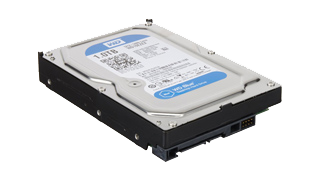Twenty years ago, it was enough for small to mid-sized organizations to have a simple Data Backup plan in place. Files were copied to removable media, generally tape drives, that had to be rotated and stored off-site. This evolved to cloud storage solutions that maintained a copy of the data off-site at a cost that was affordable to smaller organizations. But is just having a data backup solution enough today, even if it’s stored in the cloud? What happens when your server goes down? Your data may be safe somewhere, and you can get to it, but can you use it?
Move from a Data Backup to a True Business Continuity Solution
 A true Business Continuity solution combines the backup of data with a fully functioning environment that can process the data into a form that can be used in your normal organizational processes. It does this by creating a full copy of your operating environment that can be run virtually on a dedicated appliance, or even in the cloud. Rather than measuring the time to recover from an incident in hours and days, as with traditional data backup, you can be fully operational within minutes. The best part? The cost of today’s Business Continuity solutions is nearly identical to the cost of just backing up your data.
A true Business Continuity solution combines the backup of data with a fully functioning environment that can process the data into a form that can be used in your normal organizational processes. It does this by creating a full copy of your operating environment that can be run virtually on a dedicated appliance, or even in the cloud. Rather than measuring the time to recover from an incident in hours and days, as with traditional data backup, you can be fully operational within minutes. The best part? The cost of today’s Business Continuity solutions is nearly identical to the cost of just backing up your data.
So, if you don’t have any backup solution in place, the good news is that you can get an affordable solution that provides true Business Continuity. If you do have a backup system, make sure to ask your provider:
- Does my current system only back up the data, or can it run in a virtual environment?
- How often do you test my backups to make sure they are usable?
- How long would it take to get me back up and running using my current backup solution?
In a future post, I will discuss Disaster Recovery planning, of which a Business Continuity solution is only a small part.

